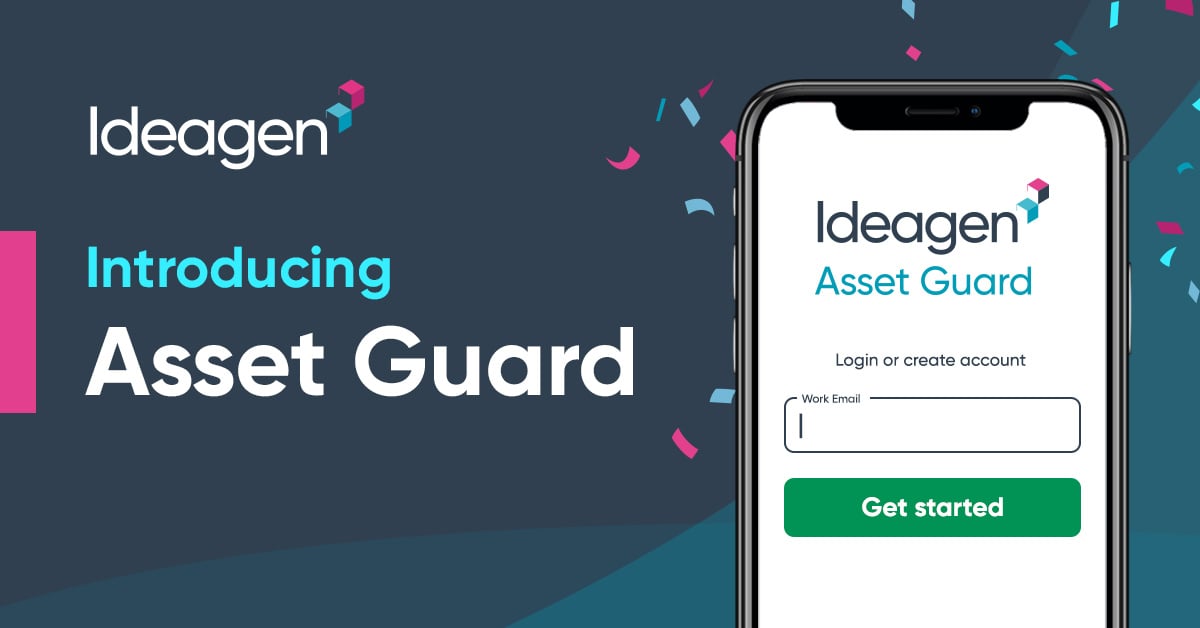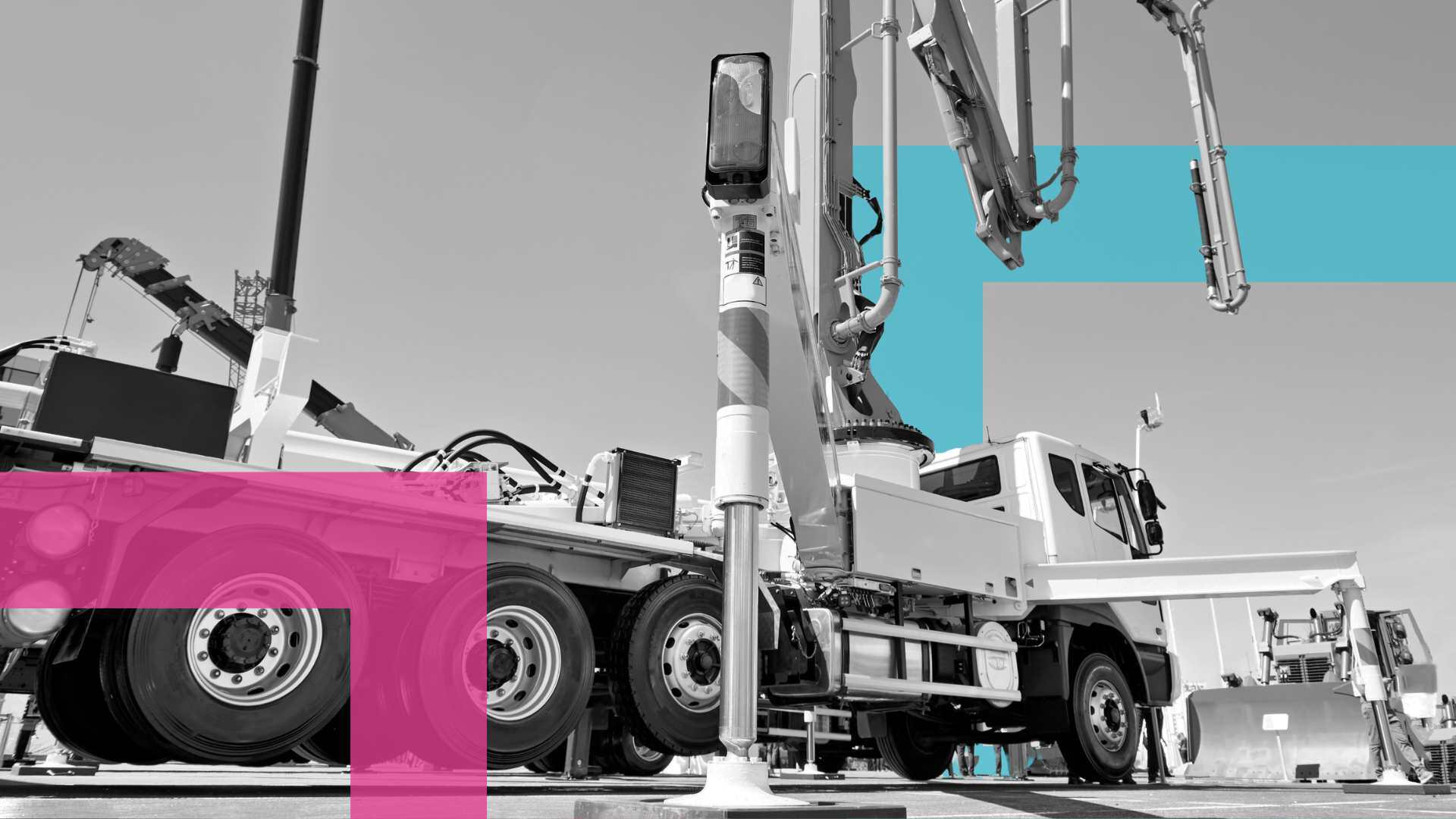Pre Start Plus rebranded to Ideagen Asset Guard
Ideagen Plant Assessor is pleased to announce the rebrand of its flagship pre-start app, Pre Start Plus, to Asset Guard. This rebrand aligns with...
|
|
Machinery Pre Starts
|
|
|
Risk Management &
|
|
|
Document Management
|
|
|
Dashboards & Reporting
|
|
|
Machinery Risk Assessments
|
|
|
Service & Maintenance
|
|
|
Safe Operating Procedures
|
|
|
MySite
|
|
|
View All Features |
Case Studies
Hear from our clients
Events
Find us at industry events
Guides
Find industry-specific guides
Learn
Educational content
News & Articles
Industry news and articles
Safety Legislation
We keep up with safety legislation
so you don't have to
Videos
Find overviews and informative
videos here
Webinars
View upcoming and on-demand webinars
Promotions
See our current promotions
FAQ
All of our frequently asked questions
Help Centre
How to use our software
View a Demo
Let us walk you through Ideagen Plant Assessor features
Release Centre
Product updates and release information

Australia is undisputedly one of the world leaders when it comes to setting a high standard for workplace health and safety, and the benefits of a safe workplace should be obvious to all.
Aside from the main aim of sending everyone home safely after each and every work day/shift, other benefits of a safe workplace include higher morale, better collaboration, increased productivity along with lower insurance and injury rehabilitation costs.
But when it comes to compliance, and specifically the process of vetting, onboarding and monitoring contractors working on major projects, some of the benefits are lost because the process of engagement has become overly complex.
One of the reasons is that everyone is trying to manage the process their own way.
And some businesses have made the process so detailed and time consuming that some of these latent benefits are being quickly eroded.
Over the years I’ve seen what seems like almost every safety management system known to man.
Some are so basic they barely qualify while others have become so detailed that the process of getting on to a site, moving people or machines between sites or introducing more operators has become onerous.
Repetitive procedures, copious amounts of paperwork, long lead times, day-long inductions … compliance is starting to come at a cost and people are getting frustrated.
The move from paper based procedures to online should have eradicated a lot of this however, in many cases, we are simply replicating paper shuffling in a digital format!
The use of technology to plan, implement and monitor workplace safety compliance has been a godsend but, in many cases, we simply aren’t using it effectively in this country.
In too many instances information must be re-submitted, re-entered or significantly edited on application. Documentation must be copied, re-scanned or re-attached.
At the other end of the equation, once the information is in a system, this rich data relating to certification, performance and productivity cannot be easily exported or shared.
It’s enough to encourage someone to start cutting corners!
Why is everyone trying to do it their own way? Why are we always trying to reinvent the wheel? Reinventing the wheel won’t get us a better wheel.
The reason behind this duplication and proliferation of systems and processes is based around ownership – every person or business who has invested time and money in their systems believes that the way they do things is the best. This is human nature.
What is the solution?
The solution is open-mindedness, and understanding where your intellectual property is genuinely valuable, and where you have had a crack at something someone else has already done or has more expertise than you.
In a perfect world, you take the bits of your system & IP which are world class, or unique to you and your operations, and you take other world class, best of breed IP and systems and stitch them together into something that is best of breed for your business.
Developments in telematics, site access software, motion sensors, dash cams, GPS, remote access technology, field service scheduling and other developments mean that our workplaces are becoming safer and more efficient each day, however are also becoming more technologically complex.
As solution providers, we believe it is our obligation to strive to deliver software to keep everyone safe, improve quality & productivity whilst keeping things simple and streamlined at the same time.
At Plant Assessor, we (try and) stick to the knitting solving the problems that we are best at, and keeping our eyes open for others doing things that are unique and/or best of breed and relevant.
That has led to us currently pursuing multiple integrations with other solution providers in the fleet management, safety management, machinery sourcing, ERP and various other specialise areas.
These integrations tend to involve a lot of complexity and hard work, mainly because we are striving to provide our clients with simplicity whilst also providing options and the flexibility to optimise their systems and IP.
Disclaimer: This information is intended to provide general information on the subject matter. This is not intended as legal or expert advice for your specific situation. You should seek professional advice before acting or relying on the content of this information.

Ideagen Plant Assessor is pleased to announce the rebrand of its flagship pre-start app, Pre Start Plus, to Asset Guard. This rebrand aligns with...
.png)
Many businesses operating machinery still rely on traditional paper pre start books for daily machinery checks. While these booklets serve their...

A concrete company based in Melbourne has been convicted and fined $30,000 after an incident involving a concrete pump resulted in a worker’s hand...